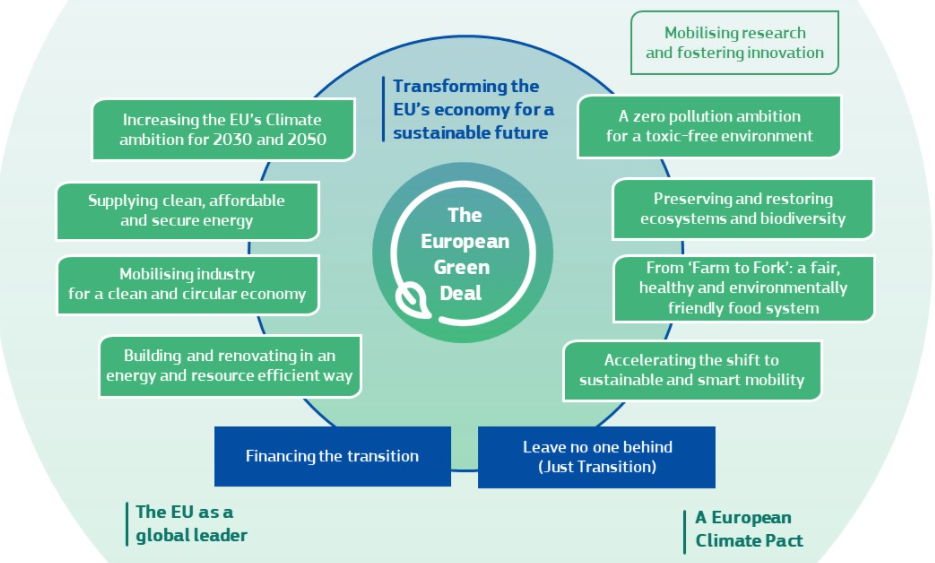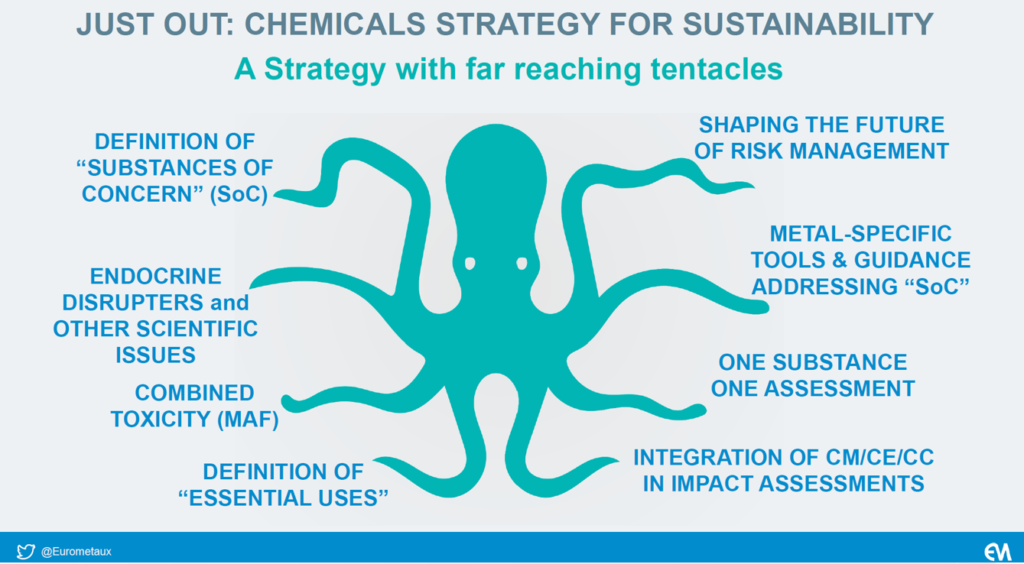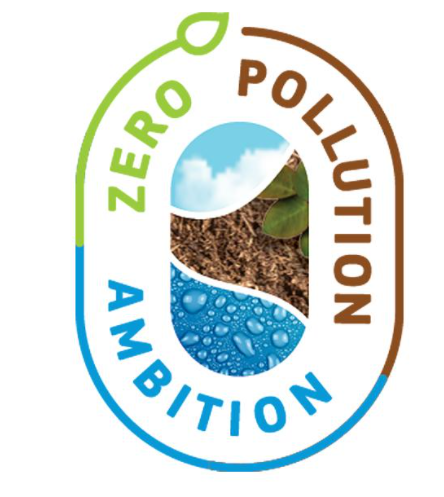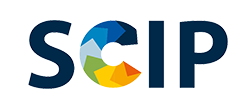IMAT e.V. monitors the political, legal and scientific activities related to European chemicals regulation. Where needed, scientific information on semiconductor materials and their properties is provided to regulators via position papers or public consultations. IMAT observes and comments on the review process of REACH, CLP, RoHS and other relevant regulation for semiconductors.
A selection of the most relevant ones has been made:
1. REACH
Regulation (EC) No 1907/2006 of the European Parliament and of the Council of 18 December 2006, concerning the Registration, Evaluation, Authorisation and Restriction of Chemicals, Official Journal No. L 396/1 of 30.12.2006 (hereinafter “REACH”) aims at ensuring a high level of protection for human health and environment, while promoting the efficient functioning of the EU internal market and stimulating innovation and competitiveness in the chemical industry.
REACH provides for requirements on manufacturers and importers of substances, concerning more specifically the registration of substances on their own, in preparations or in articles.
REACH affects directly or indirectly manufacturers and importers established within or outside the EU.
Some of the substances of interest to IMAT members are: gallium arsenide (CAS 1303-00-0), gallium nitride (CAS 25617-97-4), gallium phosphide (CAS 12063-98-8), indium phosphide (CAS 22398-80-7) and indium antimonide (CAS 1312-41-0).
Even though there are hazards linked to these substances, due to their use under CLEAN ROOM conditions, there is NO significant EXPOSURE to the worker and therefore NO RISK linked to the use of these substances in the semiconductor industry. Biomonitoring of workers of IMAT members have shown safe handling at the workplace. As the semiconductors are encapsulated in the end product that the consumer handles, there is also no direct consumer exposure of these substances.
2. The European Green Deal
https://ec.europa.eu/info/strategy/priorities-2019-2024/european-green-deal_en
- Aims for a toxic free Europe by 2030
- Aims for a climate neutral Europe by 2050

More information on the European Green Deal
- Headline actions on zero pollution:
- Chemicals strategy for sustainability
- Zero pollution action plan for water, air and soil
- Revising measures to address pollution from large industrial installation
3. Chemicals Strategy for Sustainability (CSS)
- EU Commission adoption: 14 Oct 2020
- This strategy aims to reduce the risks associated with producing and using chemicals.
- It will simplify and strengthen EU rules on chemicals, and review how EU agencies and scientific bodies can work together towards a process where substances are only reviewed by one agency.
- This will help to:
- better protect people and the environment from hazardous chemicals
- encourage the development of safe and sustainable alternatives
- make it even easier to trade safe chemicals within the EU.

4. Zero Pollution Action Plan (ZPAP)
https://ec.europa.eu/environment/strategy/zero-pollution-action-plan_en
- Adopted by the EU COM on 12 May 2021
- Key deliverable of the Green Deal: zero pollution for air, water and soil
- Vision for 2050: reduce pollution for air, water and soil to levels no longer considered harmful to health and natural ecosystems, that respect the boundaries with which our planet can cope, thereby creating a toxic-free environment.

5. ECHA’s database on Substances of Concern In articles as such or in complex objects (SCIP)
- established under the Waste Framework Directive (WFD)
- Report articles containing substances of very high concern (SVHCs) on the Candidate List in a concentration above 0.1% weight by weight (w/w) on the EU market to ECHA, as from 5 January 2021.
- Info is made available throughout the whole lifecycle of products and materials, including at the waste stage. The information in the database is then made available to waste operators and consumers.
- Requirement for every supplier of article: EU importer / assembler / distributer…
- Ex. If screw contains SVHC > 0.1% and is used in car => need to report screw + use in car

6. Restriction of Hazardous Substances (RoHS) in electronics
EU rules limit the use of certain harmful substances in electrical and electronic equipment in order to protect human health and the environment and ensure proper functioning of the internal market.
- Pack 15 assessed a set of substances including several metals: cobalt dichloride and cobalt sulphate, nickel sulphate and nickel sulfamate, beryllium and its compound, indium phosphide and diantimony trioxide.
- In 2022, stakeholders submitted contributions in the context of the study ‘RoHS cadmium quantum dot follow-up study’. Contributions included technical and scientific support to the Commission.
- The Directive 2011/65/EU (RoHS 2) is also under review: https://ec.europa.eu/info/law/better-regulation/have-your-say/initiatives/13137-Review-Restriction-of-the-use-of-hazardous-substances-in-electronics_en
7. CRM Act
The Critical Raw Material (CRM) act was announced by EU Commission President von der Leyen at her State of the Union speech of 14 September 2022. Without secure and sustainable access to the necessary raw materials, the EU ambition to become the first climate neutral continent by 2050 is at risk.
https://ec.europa.eu/commission/presscorner/detail/en/STATEMENT_22_5523
The CRM Act (which is expected in 2023) will help to:
- Focus on ‘strategic’ applications (including innovation and substitution)
- Create a network of raw material European agencies
- Build a more resilient supply chain
- Ensure a strong and sustainable level playing field
It is IMAT’s opinion that the semiconductors supply chain is already over-regulated in Europe. Yearlong research has led to a very sound scientific knowledge of its chemistry and to well-developed processes. (Forced) replacement of one of the raw materials leads to years of research to find a suitable alternative. Hazardous chemicals have already been replaced where possible (for the sake of the workers’ health protection and to avoid extra costs linked to the use and transport of hazardous chemicals).
The semiconductors supply chain is already today for a large part in non-EU hands which threatens the continued availability of semiconductors in the EU. Knowing that semiconductors are crucial for wireless devices (smartphones, defense and space applications) and opto-electronics (laser, µLED displays and LED) our daily lives are highly affected by this.
IMAT therefore supports a strong CRM act that will ensure sovereignty of the EUs semiconductor supply chain.